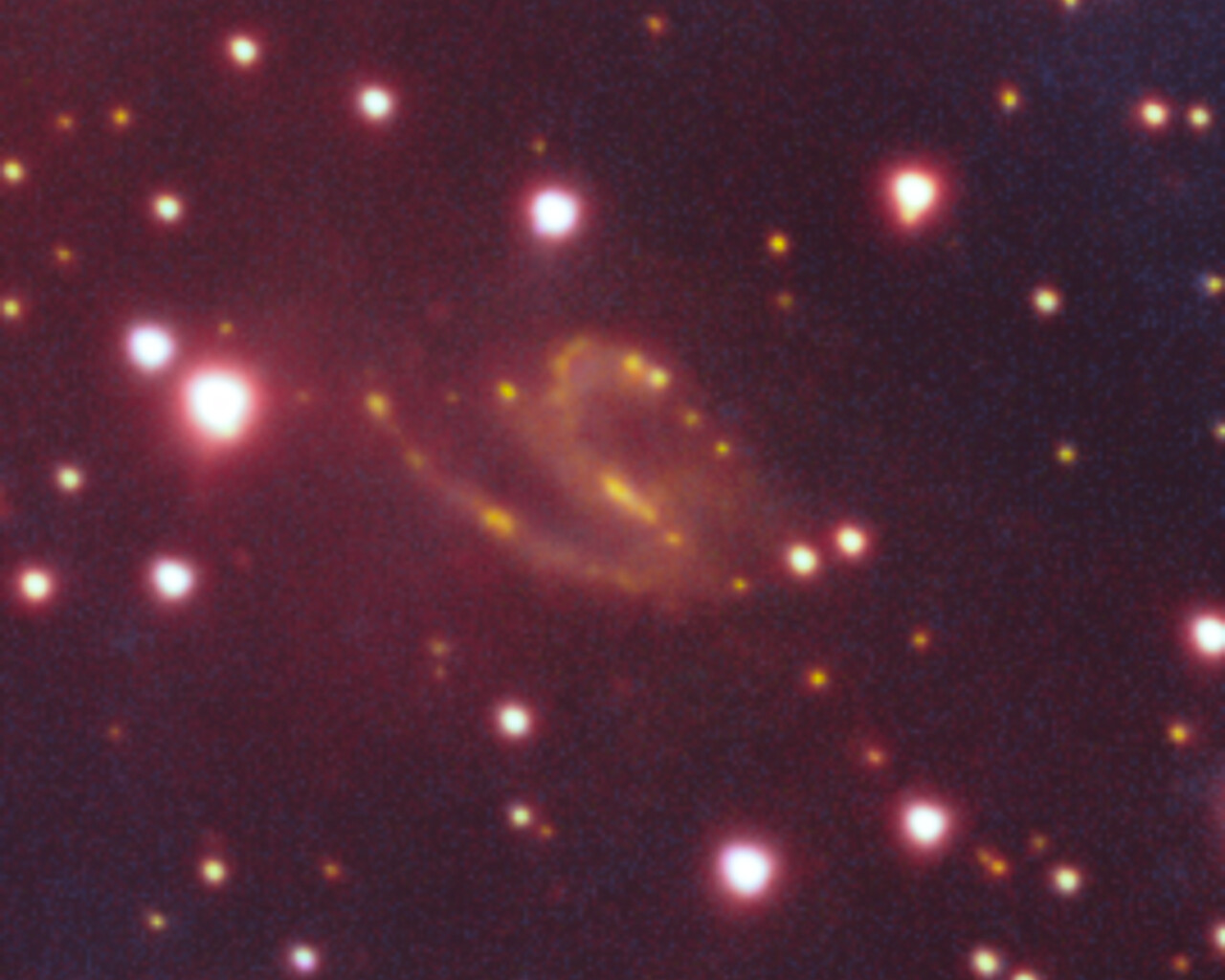Vela
Origin
In the late 1590, Dutch navigators had expanded the ancient Greek constellation of Argo Navis, The Ship, making its body much larger and adding sails (the original Greek ship did not have sails but only a mast marked with stars). In the 1750s, the French astronomer Abbé Nicolas-Louis de Lacaille during his pioneering work charting the southern celestial skies in the eighteenth century from South Africa, split up the then huge constellation that covered a large section of the southern Milky Way. He coined the terms of the subconstellations in Latin like “Sails of Argo” which then became constellation names; “Vela” is Latin for Sails.
Bright Stars
Gamma Velorum is a multiple star system that shines at a combined magnitude of 1.72 about 1100 light years from Earth. The brightest component is a blue giant shining at 1.83. Its traditional name is Suhail al Muhlif but that name is not approved by the International Astronmical Union (IAU) making it the brightest star without an approved name.
Delta Velorum, or Alsephina, is another multiple star system shinging at a combined magnitude of 1.95 about 80 light years distant.
Lamda Velorum, or Suhail, is an orange supergiant that varies from magnitude 2.14 to 2.3 and lies 545 light years distant.
Omicron Velorum is a blue-white star that varies from mangitude 3.57 to 3.63 over a period of 2.8 days. It is the brightest member of the Omicron Velorum star cluster (also known as IC2391).


 Photo of the constellation Vela produced by NOIRLab in collaboration with Eckhard Slawik, a German astrophotographer.
The annotations are from a standardized set of 88 western IAU constellations and stick figures from Sky & Telescope. Please find here a non-annotated version of the image.
Photo of the constellation Vela produced by NOIRLab in collaboration with Eckhard Slawik, a German astrophotographer.
The annotations are from a standardized set of 88 western IAU constellations and stick figures from Sky & Telescope. Please find here a non-annotated version of the image.
Credit: E. Slawik/NOIRLab/NSF/AURA/M. Zamani
Notable Objects
IC 2391 is an open star cluster in Vela. It's relatively bright and has a rich field of stars that can be observed with a small telescope.
NGC 3201 is a bright globular cluster. It is relatively large and compact, making it a good target for small telescopes.













![Open Star Cluster [FSR2007] 1410](https://storage.noirlab.edu/media/archives/images/wallpaper2/noirlab2406c.jpg)
